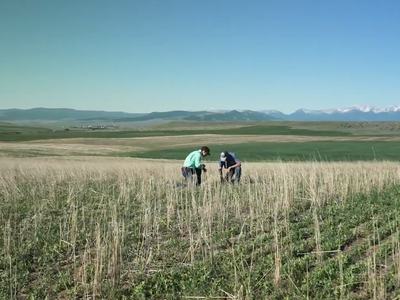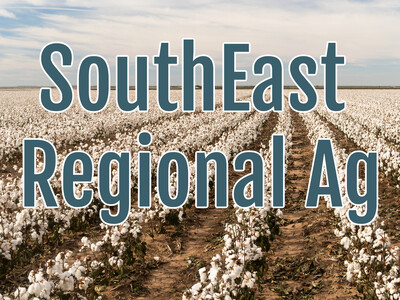Vertical Tillage for Residue Management

Tim Hammerich
News Reporter
When it comes to improving margins, variety selection and crop protection products are both important. But another consideration is crop residue management, as well as the soil profile itself. C.J. Parker, marketing manager for Case IH says vertical tillage can help, but there are some misconceptions about the practice.
Parker… “There's a variety of definitions out there, and what I really want the farmer to look at when he hears the word vertical tillage is how that customer wants to handle their residue, and ultimately that's what vertical tillage is trying to do. Do we want to be more of a conventional tillage and be aggressive with that residue and bury it and make the soil blacker and darker so to speak, or do we want to leave a little bit more of that residue on top of the surface to have more of a conservation tillage look to managing our residue.”
Parker says there are many other reasons a farmer may want to consider using vertical tillage.
Parker… “Typically, the vertical tillage machines operate anywhere from that six to nine mile an hour range, so we're able to cover the acreage relatively fast and create a good seed bed as well. Another use case for vertical tillage as we're heading into spring here, maybe you need to help air that soil out and maybe dry it out a little bit in addition to warming that soil up as well to get the seeds to germinate when the planter goes through the field.”
Check out caseih.com to see their three vertical tillage offerings.












